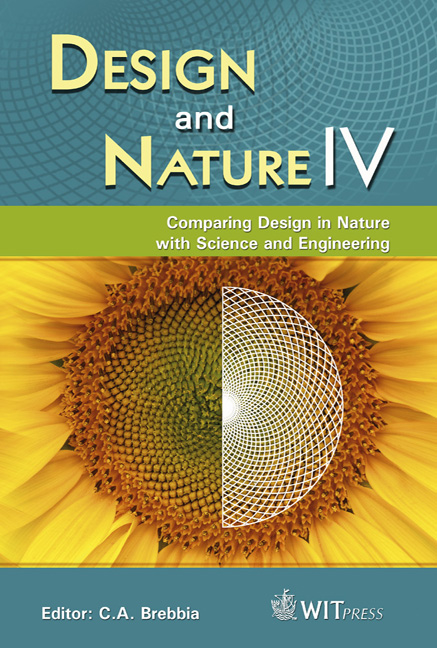Application Of \“abstract Formal Patterns” For Translating Natural Principles Into The Design Of New Deployable Structures In Architecture
Price
Free (open access)
Transaction
Volume
114
Pages
10
Page Range
147 - 156
Published
2008
Size
3268 kb
Paper DOI
10.2495/DN080161
Copyright
WIT Press
Author(s)
M. R. Matini & J. Knippers
Abstract
Animals and plants can transform their body in response to their needs, adapting to environmental changes and movement or locomotion. The mechanisms of these transformations and deformations can be used for the creation of new deployable structures in architecture. The possibilities of new synthetic materials enable the architects to apply the natural principles in design much more easily than before. Today’s deployable structures are often made of soft or hard materials. New synthetic and composite materials (e.g. glass-reinforced plastic) provide the possibility of using elastic materials for new deployable structures. The deformation of such structures can be made not only with hinges and rollers, but also with the elasticity of materials. Answering the question of how it is possible to translate these natural mechanisms into architecture is the main focus of this paper. We use here the \“abstract formal patterns” for representing the natural mechanisms. These patterns show the transformation of an organ or a body and are represented by wire-frame models as points, lines and colors. We want to present how these models can be used in architecture after gradual modifications in different steps. We have chosen the body deformation of an \“earthworm” as a case study in order to explain this method. An earthworm moves by means of waves of muscular contractions, which alternately shorten and lengthen the body. We present an abstraction of this natural principle and development of new deployable structures in architecture by using the abstract model. Keywords: bionics, deployable structure, convertible structure, deformation, geometric patterns, modification, architectural design, structural design.
Keywords
bionics, deployable structure, convertible structure, deformation,geometric patterns, modification, architectural design, structural design.





